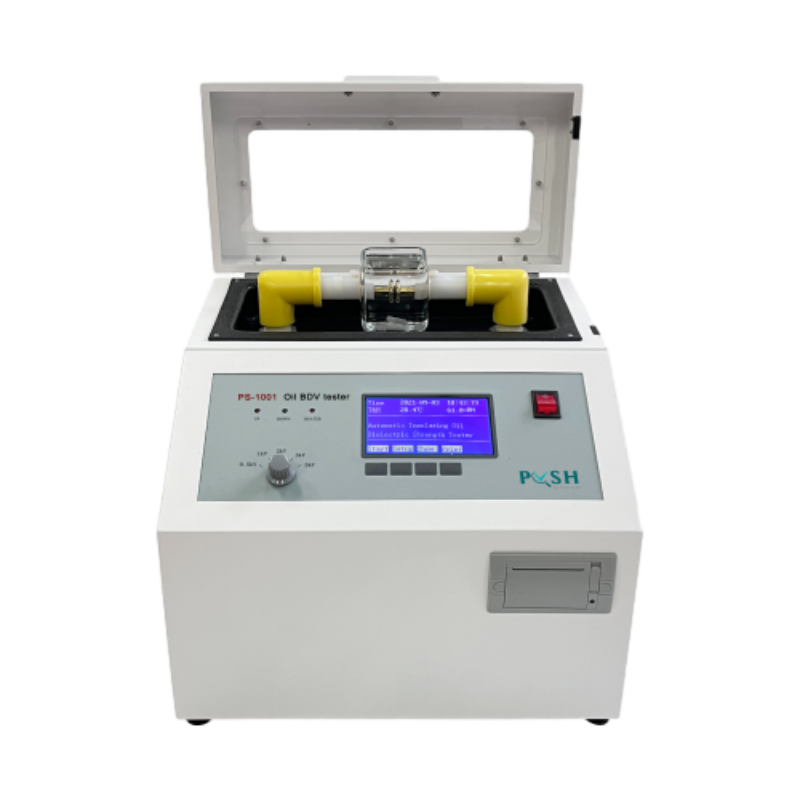TEL:
+86-0312-3189593
 English
English

Telephone:0312-3189593

Email:sales@oil-tester.com

-
 Afrikaans
Afrikaans -
 Albanian
Albanian -
 Amharic
Amharic -
 Arabic
Arabic -
 Armenian
Armenian -
 Azerbaijani
Azerbaijani -
 Basque
Basque -
 Belarusian
Belarusian -
 Bengali
Bengali -
 Bosnian
Bosnian -
 Bulgarian
Bulgarian -
 Catalan
Catalan -
 Cebuano
Cebuano -
 China
China -
 China (Taiwan)
China (Taiwan) -
 Corsican
Corsican -
 Croatian
Croatian -
 Czech
Czech -
 Danish
Danish -
 Dutch
Dutch -
 English
English -
 Esperanto
Esperanto -
 Estonian
Estonian -
 Finnish
Finnish -
 French
French -
 Frisian
Frisian -
 Galician
Galician -
 Georgian
Georgian -
 German
German -
 Greek
Greek -
 Gujarati
Gujarati -
 Haitian Creole
Haitian Creole -
 hausa
hausa -
 hawaiian
hawaiian -
 Hebrew
Hebrew -
 Hindi
Hindi -
 Miao
Miao -
 Hungarian
Hungarian -
 Icelandic
Icelandic -
 igbo
igbo -
 Indonesian
Indonesian -
 irish
irish -
 Italian
Italian -
 Japanese
Japanese -
 Javanese
Javanese -
 Kannada
Kannada -
 kazakh
kazakh -
 Khmer
Khmer -
 Rwandese
Rwandese -
 Korean
Korean -
 Kurdish
Kurdish -
 Kyrgyz
Kyrgyz -
 Lao
Lao -
 Latin
Latin -
 Latvian
Latvian -
 Lithuanian
Lithuanian -
 Luxembourgish
Luxembourgish -
 Macedonian
Macedonian -
 Malgashi
Malgashi -
 Malay
Malay -
 Malayalam
Malayalam -
 Maltese
Maltese -
 Maori
Maori -
 Marathi
Marathi -
 Mongolian
Mongolian -
 Myanmar
Myanmar -
 Nepali
Nepali -
 Norwegian
Norwegian -
 Norwegian
Norwegian -
 Occitan
Occitan -
 Pashto
Pashto -
 Persian
Persian -
 Polish
Polish -
 Portuguese
Portuguese -
 Punjabi
Punjabi -
 Romanian
Romanian -
 Russian
Russian -
 Samoan
Samoan -
 Scottish Gaelic
Scottish Gaelic -
 Serbian
Serbian -
 Sesotho
Sesotho -
 Shona
Shona -
 Sindhi
Sindhi -
 Sinhala
Sinhala -
 Slovak
Slovak -
 Slovenian
Slovenian -
 Somali
Somali -
 Spanish
Spanish -
 Sundanese
Sundanese -
 Swahili
Swahili -
 Swedish
Swedish -
 Tagalog
Tagalog -
 Tajik
Tajik -
 Tamil
Tamil -
 Tatar
Tatar -
 Telugu
Telugu -
 Thai
Thai -
 Turkish
Turkish -
 Turkmen
Turkmen -
 Ukrainian
Ukrainian -
 Urdu
Urdu -
 Uighur
Uighur -
 Uzbek
Uzbek -
 Vietnamese
Vietnamese -
 Welsh
Welsh -
 Bantu
Bantu -
 Yiddish
Yiddish -
 Yoruba
Yoruba -
 Zulu
Zulu
فېۋرال . 15, 2025 20:53
Back to list
voltage ratio test of 3 phase transformer
In the intricate world of electrical engineering, the voltage ratio test of a three-phase transformer stands as a pivotal procedure in ensuring both operational efficiency and safety. This test measures the transformer's voltage transformation accuracy, comparing primary to secondary voltage and thereby confirming that the designed turns ratio reflects actual performance. Professional expertise is crucial in conducting this examination, given its technical complexity and the critical implications for system reliability.
From an authoritative standpoint, compliance with international standards such as the IEEE Std C57.12.90 is non-negotiable. This standard outlines the specifics of electrical tests, including voltage ratio assessments, ensuring uniformity and quality across tests conducted worldwide. Adhering to these guidelines not only fortifies system integrity but also enhances trust among stakeholders, from utility companies to end-users. The trust factor pivots on transparency and documentation. Meticulous logging of test conditions, procedures followed, and results obtained are non-negotiable. Such documentation serves as a repository for historical data, facilitating trend analysis and predictive maintenance. Companies that prioritize thorough documentation tend to enjoy higher operational trust and system reliability. In conclusion, the voltage ratio test of three-phase transformers, underpinned by professional experience and technical acumen, plays a crucial role in energy distribution networks. Its impact on reliability and efficiency makes it a cornerstone of electrical engineering protocols, from routine maintenance to post-repair validation. Equipped with advanced instrumentation and guided by stringent international standards, experts in the field ensure that transformers operate within their designed parameters, ultimately securing the integrity of power supply infrastructures globally.


From an authoritative standpoint, compliance with international standards such as the IEEE Std C57.12.90 is non-negotiable. This standard outlines the specifics of electrical tests, including voltage ratio assessments, ensuring uniformity and quality across tests conducted worldwide. Adhering to these guidelines not only fortifies system integrity but also enhances trust among stakeholders, from utility companies to end-users. The trust factor pivots on transparency and documentation. Meticulous logging of test conditions, procedures followed, and results obtained are non-negotiable. Such documentation serves as a repository for historical data, facilitating trend analysis and predictive maintenance. Companies that prioritize thorough documentation tend to enjoy higher operational trust and system reliability. In conclusion, the voltage ratio test of three-phase transformers, underpinned by professional experience and technical acumen, plays a crucial role in energy distribution networks. Its impact on reliability and efficiency makes it a cornerstone of electrical engineering protocols, from routine maintenance to post-repair validation. Equipped with advanced instrumentation and guided by stringent international standards, experts in the field ensure that transformers operate within their designed parameters, ultimately securing the integrity of power supply infrastructures globally.
Previous:
Latest news
-
Testing Equipment Industry Sees Major Advancements in 2025: Smart & Precision Technologies Lead the WayNewsJun.06,2025
-
Applications of Direct Current Generators in Renewable Energy SystemsNewsJun.05,2025
-
Hipot Tester Calibration and Accuracy GuidelinesNewsJun.05,2025
-
Digital Circuit Breaker Analyzer Features and BenefitsNewsJun.05,2025
-
Benefits of Real-Time Power Quality Monitoring Devices for Industrial EfficiencyNewsJun.05,2025
-
Earth Fault Loop Testing in High-Rise Building Electrical SystemsNewsJun.05,2025



